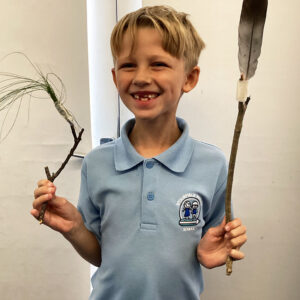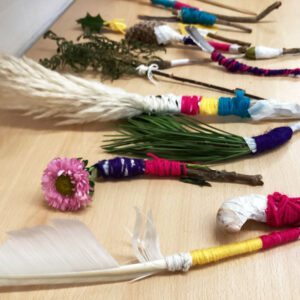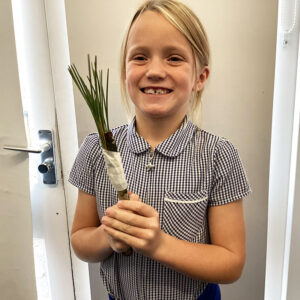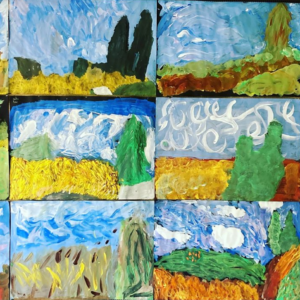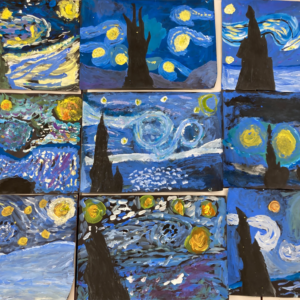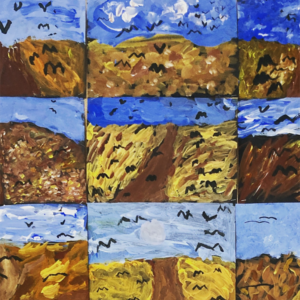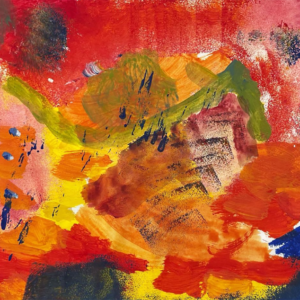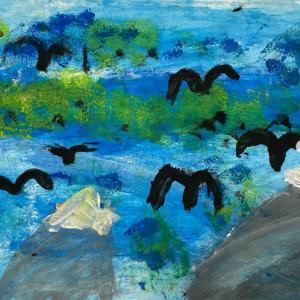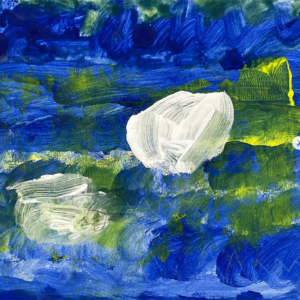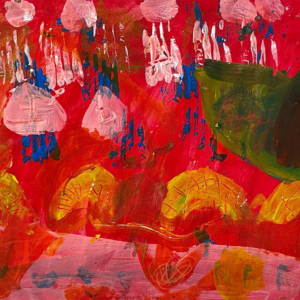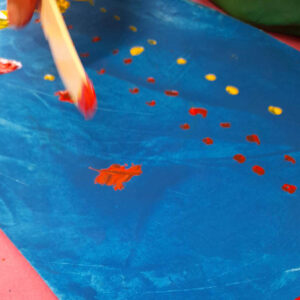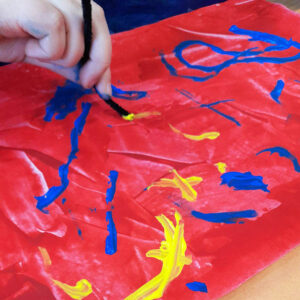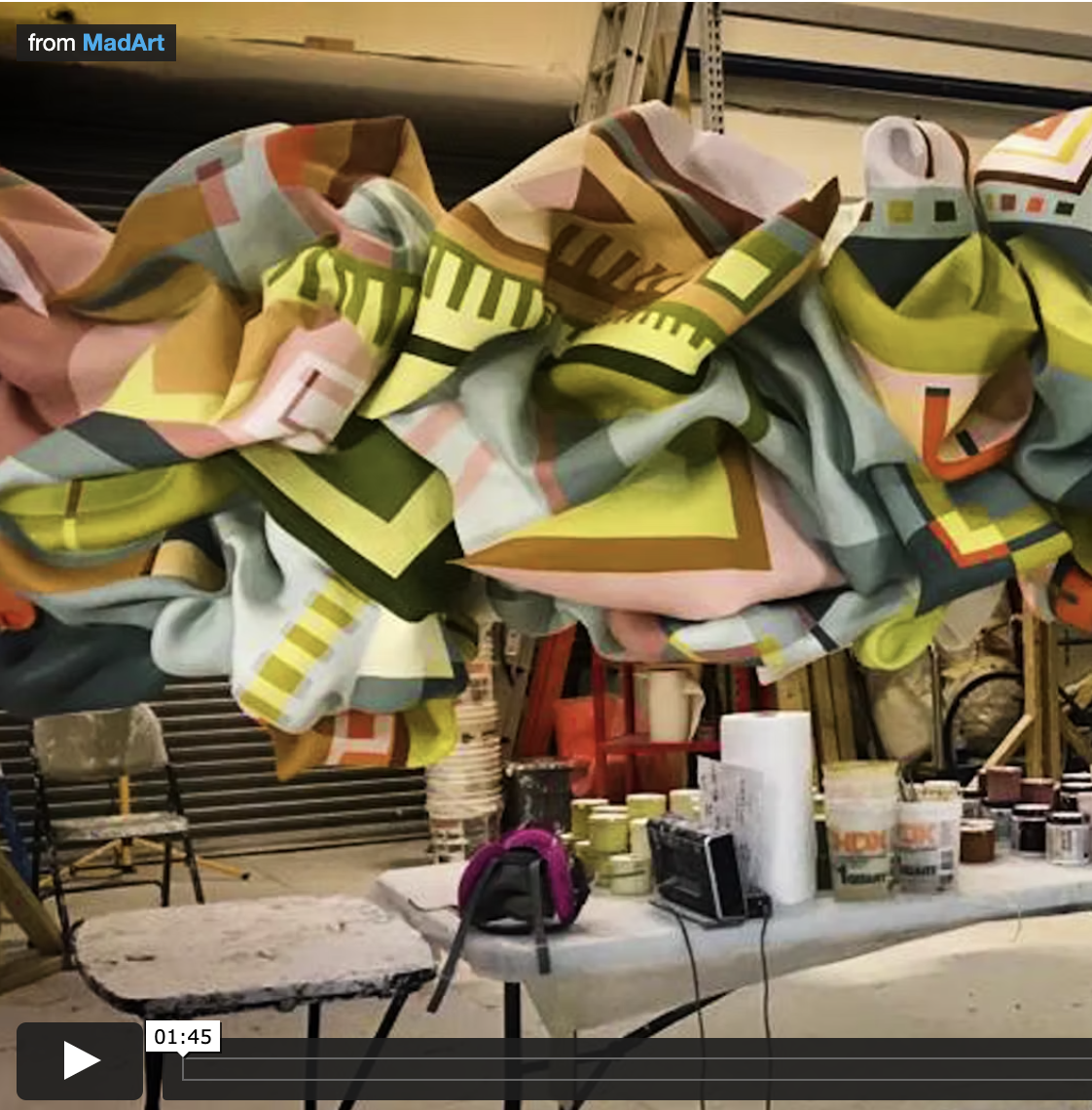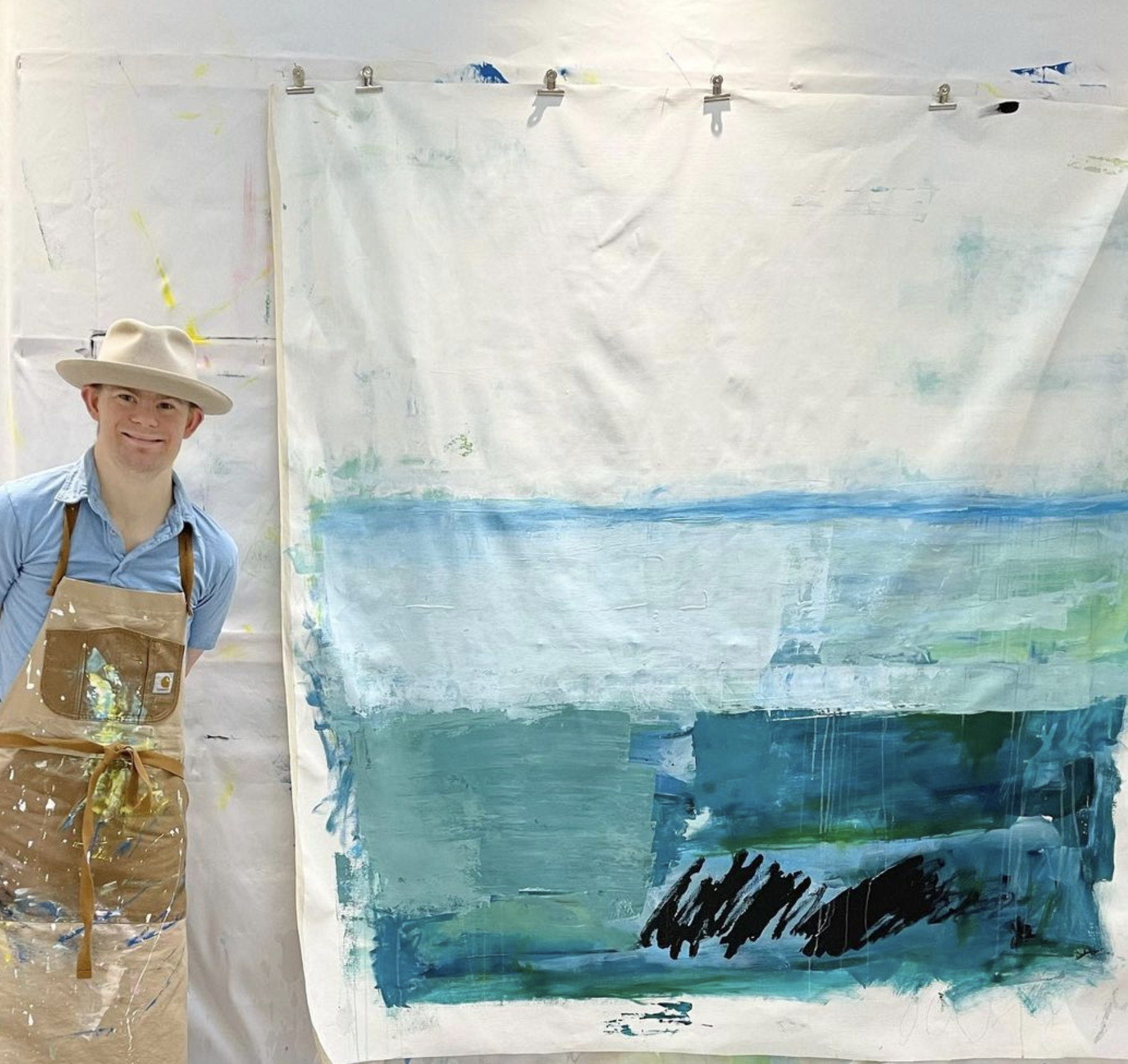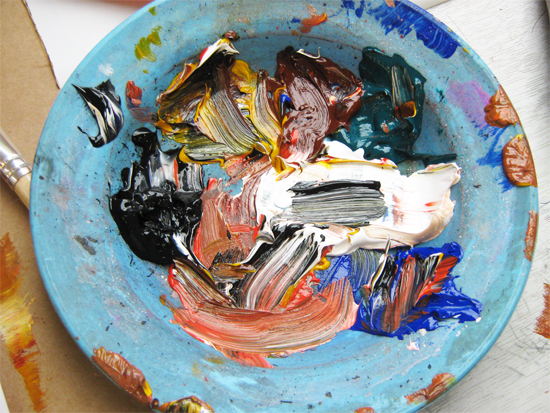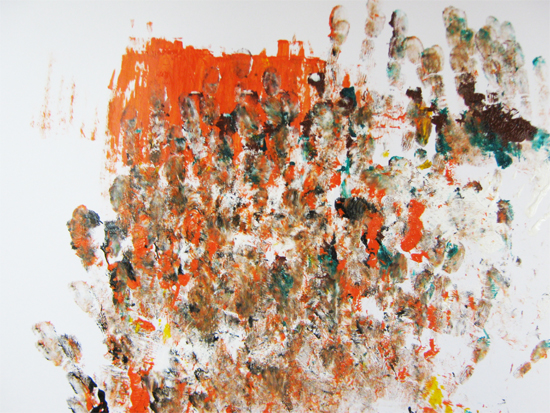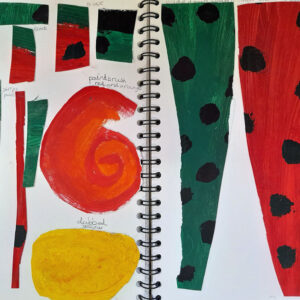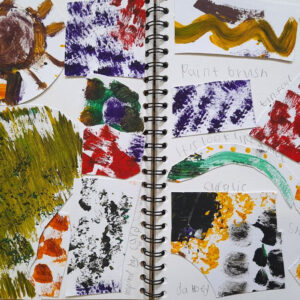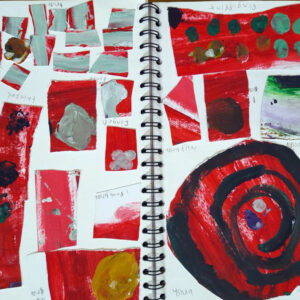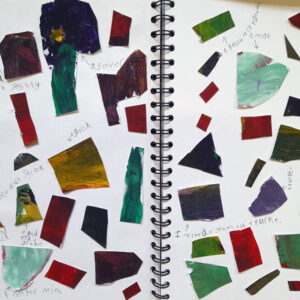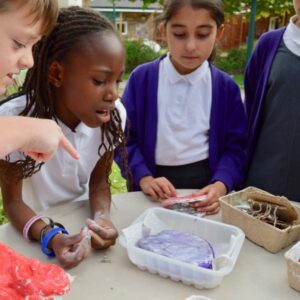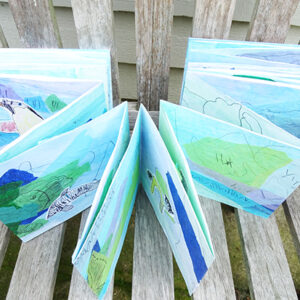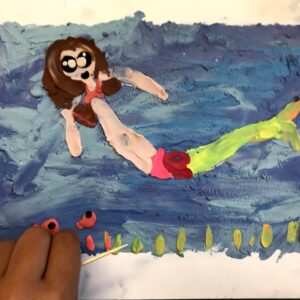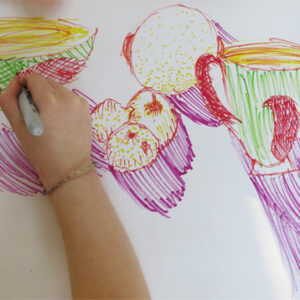Pathway: Expressive Painting
Pathway for Years 1 & 2
Disciplines:
Painting, Sketchbooks
Key Concepts:
-
That artists sometimes use loose, gestural brush marks to create expressive painting.
-
Expressive painting can be representational or more abstract.
-
Artists use impasto and sgraffito to give texture to the painting.
-
Artists sometimes use colour intuitively and in an exploratory manner.
-
That we can enjoy, and respond to, the way paint and colour exist on the page.
In this pathway children are introduced to the idea that they can use paint in an intuitive and exploratory way.
The pathway starts with an introduction to artists who use paint and colour to create exciting gestural and abstract work.
Children explore primary colours and secondary colours through expressive mark making, connecting colour, mark making and texture (of paint) through abstract work.
Pupils then explore the brush work of two old masters when we focus in on details of paintings to understand how they built the work.
Pupils then go on to draw from a colourful still life, finally making expressive and gestural paintings with acrylic paint.
Sketchbooks are used throughout to record, experiment and reflect.
Medium:
Acrylic Paint, Paper
Artists: Marela Zacarías, Charlie French, Vincent Van Gogh, Cezanne
If you use this resource in your setting, please tag us on social media: #InspiredBy @accessart (facebook, twitter) @accessart.org.uk (instagram) and share the url. Thank you!





Teaching Notes
Find the MTP for this pathway here.
Find the Zoom CPD session introducing this pathway here.
See the recording of the Zoom CPD session exploring Colour Mixing.
Curriculum Links
Geography: After looking at the expressive landscapes by Van Gogh and Cezanne, be inspired by your local landscape (United Kingdom) and use gestural brush strokes to paint a scene you know or see, or explore weather, habitat, river or sea.
I Can…
-
I have seen how artists, contemporary and old masters, sometimes use paint in an expressive, loose way to create paintings full of life and colour.
-
I can start to share my response to the work of other artists.
-
I can use my sketchbook to fill full of colour and brush marks, inspired by other artists.
-
I can recognise primary colours and mix secondary colours. I can experiment with hues by changing the amount of primary colours I add.
-
I can use various home made tools to apply paint in abstract patterns. I can be inventive.
-
I can make a loose drawing from a still life.
-
I can see colours and shapes in the still life.
-
I can use my gestural mark making with paint, and incorporate the colours and shapes in the still life to make an expressive painting.
-
I can share my experiments and final piece with others and share what I liked and what went well.
-
I can enjoy the work of my classmates and I can see how all the work is different. I can share my response to some of their work.
-
I can take a photograph of my final piece, thinking about focus and lighting.
Time
This pathway takes 6 weeks, with an hour per week. Shorten or lengthen the suggested pathway according to time and experience. Follow the stages in green for a shorter pathway or less complex journey.
Materials
Soft pencils, handwriting pens, a selection of ‘found tools’ such as old shoe brushes, string, wire, rags, thick strips of card, cardboard (for pallets), acrylic or ready mixed paint, a selection of bright still life objects eg plastic blocks, cups, balls, colourful mugs etc, cartridge paper.
See the Pathway Used in Schools...
